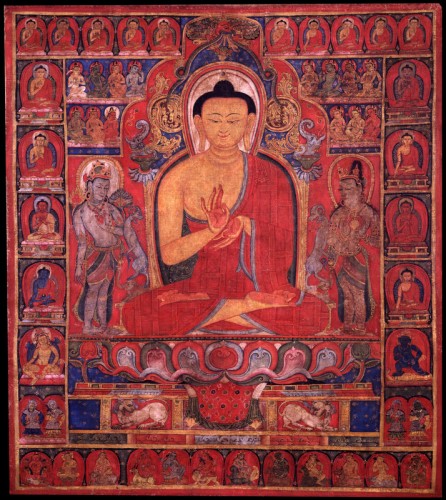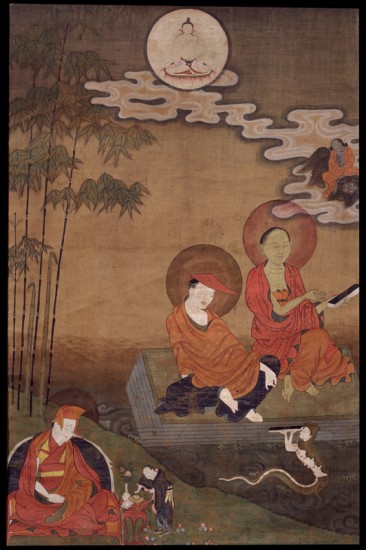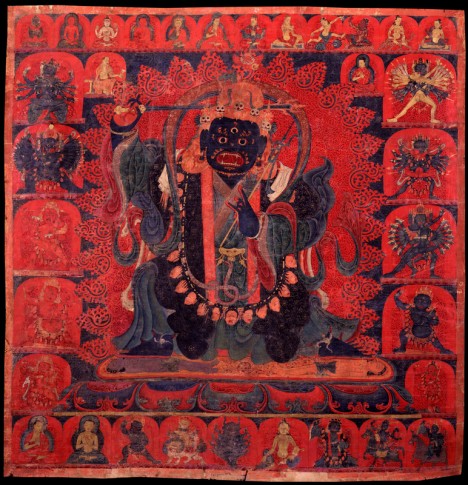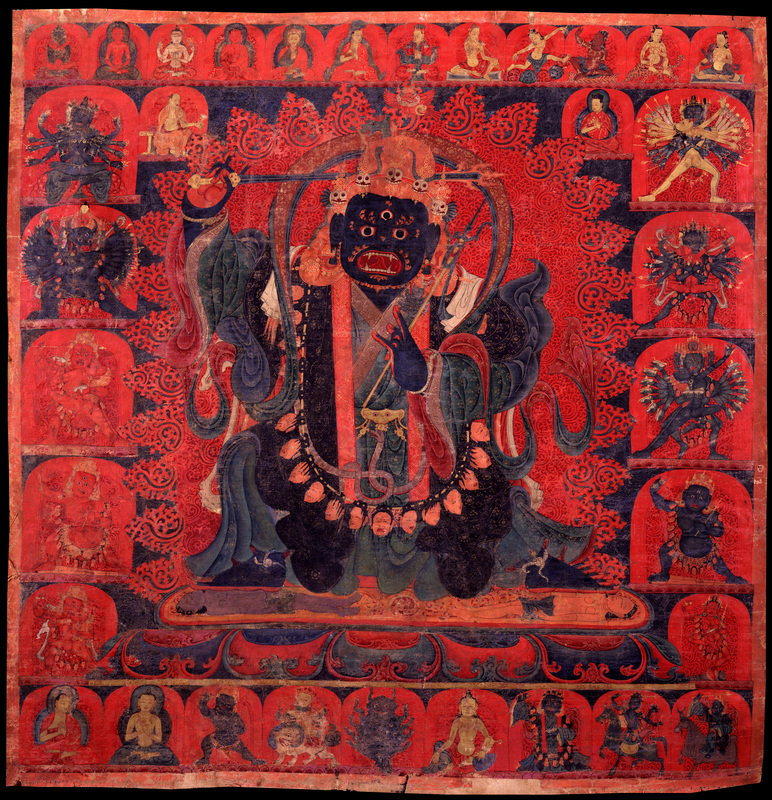
Have you ever wondered exactly how we know what we know? Is the reality we experience actually real? The Rubin Museum’s 10th season of Brainwave explores the concept of “perception,” discussing its potential, limits, and how it shapes the world we experience. The Himalayan Buddhist tradition has an extensive history of investigating these very questions, many of which are reflected in the artwork from our collection. Let’s turn to the artwork and stories within them to help us understand the concept of “perception.”
The Buddha’s Investigation

Living the extravagant lifestyle of a prince, Siddhartha Gautama realized that despite having all the pleasures of the world, he still felt dissatisfied with his life. This dissatisfaction led him to reject the comforts of his royal status and he set out to find the true nature reality. After six long years of spiritual struggle, the awakened Buddha discovered that the cause of his suffering was his ignorance of the true nature of reality.
Essentially, the Buddha realized that all beings’ perceptions lead them to believe that the world is static and unchanging, while in actuality everything is in a constant state of flux. This seeming permanence makes us cling to those things we enjoy while rejecting what we find unpleasant. When those things, feelings, and people we cling to leave, it causes us to mourn their loss. Out of the original conclusion stemmed a massive exploration investigating all facets of perception and changing it can lead to the end of suffering.
Can perception be trusted?

So if all beings are ignorant, can any perception be trusted? Some Buddhist philosophers would say no, perception cannot be trusted until ignorance is removed. Despite this seemingly too obvious answer to the utility of our everyday perception, Buddhists continued to investigate how perception works and to what extent it could be trusted.
Different Aspects of Perception

In our conventional reality, (compared to the ignorance-free ultimate reality of the Buddhas) perception is two-fold: first, there is the raw data picked up by the sense organs—that’s how an eye can perceive shape and form and an ear can hear sound; second, the rational mind-sense creates meaning from the raw sense data and categorizes it. For example, if somebody sees a hard object with four legs and a smooth, flat top, that person’s mind will infer that he or she is looking at a table.
Along with this rational function of the mind, the mind also works on an emotional level labeling every sensory input as either positive, negative, or neutral. If the data received from the senses is positive, the individual will long to maintain contact with it, whereas if it’s negative he or she will try to remove himself or herself from sensing the object. Buddhists would say that these emotional reactions to our sensory inputs have become habits ingrained in all beings over many lifetimes, creating powerful reactions to particular stimuli. Furthermore, these categories from the rational mind and labels from the emotional mind reinforce each other distorting the mind and creating the cause for suffering. Through the process of following the Buddhist path and practicing meditation, we can begin to calm the mind and undo the habits keep us ignorant of true reality.

